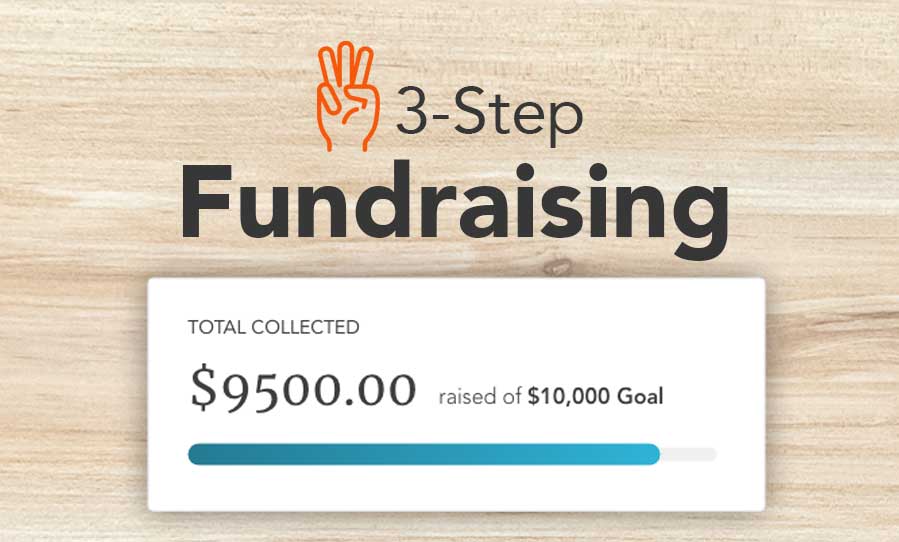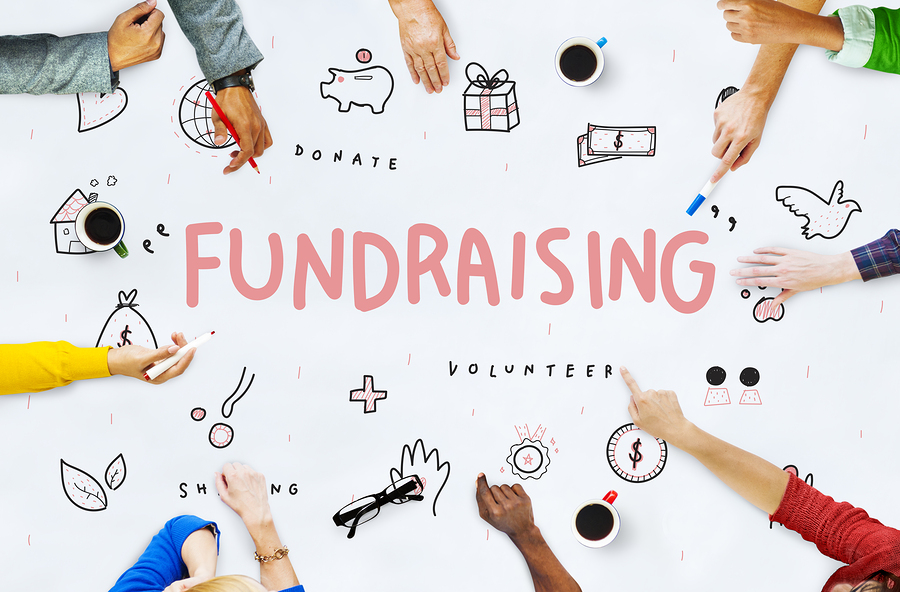Online Fundraising: Proven Strategies to Elevate More Funds for Your Nonprofit
Wiki Article
The Function of Area Interaction in Nonprofit Fundraising: Structure Lasting Relationships for Sustainable Assistance
Community engagement is increasingly acknowledged as a vital component of successful nonprofit fundraising. By cultivating genuine partnerships with local stakeholders, organizations can grow trust fund and loyalty, which are vital for sustainable assistance. Nonetheless, the approaches and techniques employed to involve communities vary commonly, increasing crucial concerns concerning efficiency and impact. What are the most effective methods for growing these necessary connections, and how can nonprofits determine their success in this sector? Recognizing these dynamics might substantially influence the future of fundraising efforts and the general goal of not-for-profit companies.Recognizing Neighborhood Involvement
Neighborhood engagement is a crucial component of successful nonprofit fundraising initiatives. It describes the methods and tasks that companies utilize to get in touch with their neighborhood neighborhoods, promoting connections that are mutually helpful. Understanding area interaction involves recognizing its diverse nature, which consists of participation, cooperation, and outreach. Nonprofits must recognize key stakeholders-- such as neighborhood members, local services, and other companies-- to develop efficient engagement strategies.Efficient neighborhood interaction is asserted on active listening and responsiveness to the needs and passions of the neighborhood. This procedure entails soliciting feedback, comprehending community characteristics, and making sure that the company's objective aligns with local priorities. Engaging the community can take different types, including public conferences, volunteer possibilities, and collaboration campaigns, each developed to encourage involvement and financial investment in the company's objectives.
Additionally, neighborhood interaction ought to be approached as a continuous discussion instead than a single initiative. By fostering a comprehensive environment where community voices are heard and valued, nonprofits can construct a strong foundation for future fundraising ventures. Eventually, a deep understanding of area involvement encourages companies to develop authentic connections that improve their total efficiency and sustainability.
Advantages of Solid Relationships
Strong partnerships formed via area interaction return countless benefits for nonprofit fundraising efforts. First and primary, these relationships foster depend on and reliability, crucial components in encouraging donors to add. When prospective fans see a not-for-profit proactively entailed in their area, they are a lot more most likely to rely on its mission and impact.
Moreover, these relationships facilitate efficient interaction. Nonprofits can utilize their connections to share stories of impact, updates, and requires, guaranteeing that supporters stay informed and involved. This open line of communication not just enhances bonds but also encourages referral promo, expanding the not-for-profit's reach.
Last but not least, solid neighborhood connections can attract new partners and sponsors. Companies and individuals are extra likely to align with organizations that demonstrate purposeful area participation, giving additional resources and support that can considerably enhance fundraising capacities. Therefore, growing durable relationships through neighborhood interaction is essential to a nonprofit's lasting fundraising success.
Methods for Reliable Involvement
Just how can nonprofits successfully involve their neighborhoods to improve fundraising efforts? Establishing targeted strategies is crucial for fostering significant connections. Initially, leveraging social media systems allows companies to share their goal dynamically and interactively, reaching a more comprehensive audience. Normal updates, engaging web content, and calls-to-action can galvanize neighborhood interest and participation.2nd, organizing neighborhood events, such as workshops, volunteer chances, or fundraising drives, promotes face-to-face interaction, enabling nonprofits to display their influence and efforts. These events not just raise funds but additionally cultivate partnerships and from this source allow community members to involve directly with the reason.
Third, applying personalized communication techniques can boost interaction. Tailoring messages to details contributor sectors based on rate of interests and previous contributions promotes a sense of belonging and financial investment in the organization's goal.
Finally, producing partnerships hop over to here with neighborhood services and community leaders can magnify outreach initiatives. Collective efforts can improve presence and reputation, showing a collective dedication to the community's health. By integrating these techniques, nonprofits can construct long-term relationships that boost fundraising efforts and drive sustainable support.
Determining Interaction Success
While involving the neighborhood is important for successful nonprofit fundraising, gauging the efficiency of these involvement initiatives is similarly important. Developing clear metrics allows companies to analyze how well they are connecting with their target market and achieving their fundraising goals. Secret performance signs (KPIs) such as benefactor retention rates, volunteer engagement levels, and involvement on social networks platforms provide concrete data for assessment.
Regularly examining these metrics enables organizations to pivot their methods when necessary, making sure that community involvement continues to be lined up with their overall mission. Moreover, sharing these results with stakeholders promotes openness and builds depend on, urging further area recommended you read involvement. Inevitably, a durable measurement framework not just informs future fundraising initiatives but also reinforces the partnership in between the nonprofit and its fans, laying the groundwork for sustainable success.
Study in Area Effect
Numerous situation researches show the profound influence that neighborhood interaction can carry not-for-profit fundraising success. One notable instance is the "Something to chew on" campaign, where a regional food bank partnered with colleges and services to host area dinners. These events not only elevated funds yet additionally cultivated a feeling of belonging among individuals, dramatically increasing contributor retention rates.An additional compelling situation is the "Green Spaces Task," which involved regional homeowners in the revitalization of metropolitan parks. This initiative not only gathered financial backing from neighborhood organizations but additionally grew a volunteer base that added to ongoing upkeep and programming. The feeling of possession and satisfaction among community participants equated into sustained payments.
In the world of arts, the "Art for All" project successfully engaged local artists and clients to create collective art installations, leading to boosted visibility and donations for a neighborhood arts nonprofit.
These instances highlight that when nonprofits prioritize area participation, they can produce enduring relationships that enhance fundraising initiatives, making certain sustainable assistance and promoting a vibrant area culture. Such situations demonstrate that community engagement is not simply a strategy yet a necessary column of nonprofit success.
Conclusion
In verdict, area involvement is integral to the success of nonprofit fundraising initiatives. Inevitably, a robust structure of community assistance not just enhances fundraising prospective yet likewise grows a culture of cooperation, important for achieving lasting business goals and sustaining significant influence. fundraising consultant.Nonprofits should determine vital stakeholders-- such as area members, regional services, and various other companies-- to develop reliable engagement techniques.

In verdict, neighborhood interaction is important to the success of not-for-profit fundraising efforts.
Report this wiki page